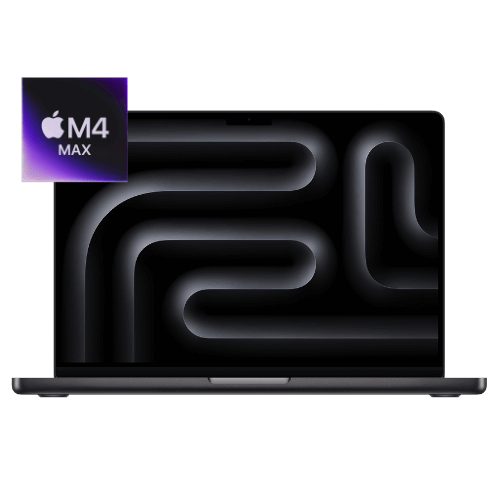In an age where technology evolves at an unprecedented pace, businesses are constantly seeking ways to stay competitive. One effective strategy that has gained traction is apple leasing. This approach allows organizations to access the latest Apple devices without the hefty upfront costs of purchasing.
This article will delve into how apple leasing works, its benefits, and why it is an attractive option for businesses.
Understanding Apple Leasing
Apple leasing involves acquiring Apple devices through a leasing agreement instead of outright purchase. This model provides businesses with the opportunity to use high-quality technology while maintaining financial flexibility. Companies can lease various devices, including MacBooks, iPads, and iPhones, tailored to their specific needs.
How Apple Leasing Works
The leasing process typically begins with a business identifying its equipment needs. From there, the organization selects the desired Apple products and enters into a leasing agreement with a provider.
The key components of this process include:
- Selection of Equipment: Businesses can choose from a wide range of Apple products based on their operational requirements.
- Lease Agreement: After selecting the equipment, the business signs a lease agreement. This document outlines the terms, including the duration of the lease, monthly payments, and maintenance responsibilities.
- Delivery and Setup: Once the agreement is finalized, the leased devices are delivered to the business. Providers often assist with setup to ensure that employees can start using the equipment effectively.
- End of Lease Options: At the conclusion of the lease term, businesses typically have options to return the equipment, upgrade to newer models, or purchase the devices at a predetermined residual value.
The Benefits of Apple Leasing
Leasing Apple devices comes with several advantages that can significantly benefit businesses.
Financial Flexibility
One of the most compelling reasons to consider apple leasing is financial flexibility. Leasing requires a lower upfront investment compared to purchasing devices outright. This allows businesses to allocate their capital to other critical areas, such as hiring staff or expanding operations. Additionally, fixed monthly payments provide businesses with predictable expense management.
Access to the Latest Technology
Technology is evolving rapidly, and businesses must keep pace to remain competitive. Apple leasing allows organizations to upgrade their devices more frequently. Many leasing agreements provide the option to change or upgrade equipment after a set period, typically around 24 months. This ensures that businesses can always utilize the latest technology without falling behind.
Avoiding Obsolescence
Leasing helps businesses avoid the pitfalls of obsolescence. As technology advances, older devices may become inefficient or incompatible with new software. By opting for apple leasing, businesses can regularly refresh their equipment, ensuring optimal performance and productivity.
Comprehensive Support and Warranty
Many apple leasing agreements include comprehensive support and warranty coverage. This means that if any issues arise with the leased devices, businesses can rely on their leasing provider for assistance. Technical support is often included, which is particularly valuable for organizations that may not have in-house IT resources.
Tax Efficiency
Leasing can also provide tax benefits. Monthly lease payments are often considered a business expense, making them potentially tax-deductible. This can lead to significant savings for organizations, further enhancing the appeal of leasing as a financial strategy.
Choosing the Right Leasing Provider
When considering apple leasing, selecting the right leasing provider is crucial. Businesses should look for a company that offers a wide range of equipment, flexible lease terms, and excellent customer service. A reputable provider will guide organizations through the leasing process and provide ongoing support throughout the lease term.
Evaluating Equipment Needs
Before entering into a leasing agreement, businesses should evaluate their specific equipment needs. This includes assessing the number of devices required, the type of work being performed, and any specific software requirements. By understanding these factors, organizations can select the most suitable Apple products for their operations.
The Application Process
The application process for apple leasing is typically straightforward and efficient. Most leasing providers allow businesses to apply online or via phone. Many companies can receive a credit decision within one working day, which means that organizations can quickly obtain the equipment they need without unnecessary delays.
Training and Setup Assistance
Once the equipment is delivered, businesses may require training and setup assistance to ensure employees can effectively use the new devices. Many leasing providers offer support in this area, helping businesses maximize the value of their leased equipment.
Conclusion
Apple leasing presents a viable solution for businesses seeking to access the latest technology while maintaining financial flexibility. The benefits of leasing—such as cost efficiency, access to cutting-edge devices, and robust support—make it an attractive option for many organizations. As companies continue to navigate the complexities of modern technology, they should consider the strategic advantages that apple leasing offers.
For those interested in exploring apple leasing options, Geex provides tailored solutions to meet diverse business needs. By partnering with a reputable leasing provider, organizations can ensure they are well-equipped to succeed in a competitive marketplace.





Comments